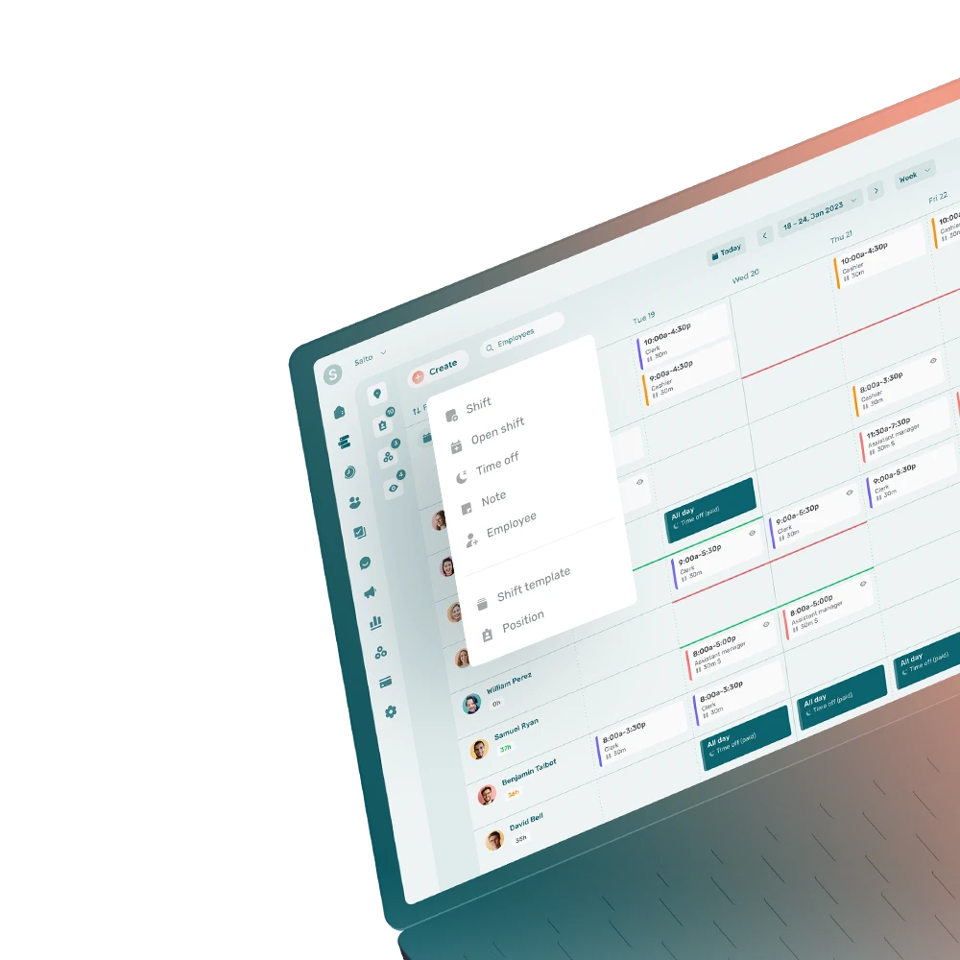Flexible working refers to a set of measures companies implement to better adapt to the labor market and employees’ needs, in order to attract and retain talent.
What Are Some Examples of Flexible Working?
Flexible working can take many forms, depending on the needs of both companies and employees. Some employers may adopt work schedules that better adapt to employees’ availability or a teleworking policy, for example.
Most flexible working environments also offer working conditions to simplify work-life balance. In addition, some employers offer training opportunities to help team members develop their careers.
What Are the Advantages of Flexible Working?
Flexible working offers a number of advantages for companies and their employees, such as:
- Reduced employee turnover
- Increased retention rates
- Reduced absenteeism costs
- Improved employee satisfaction and well-being
- Increased employee versatility
- Increased employee productivity
How to Offer a Flexible Work Environment?
Various strategies can be put in place to offer employees a more flexible work environment, such as:
- Allowing employees in similar positions to swap shifts
- Seeking employee feedback to implement initiatives that contribute to their well-being
- Using rotating schedules
- Adjusting employee salaries so they match market averages




